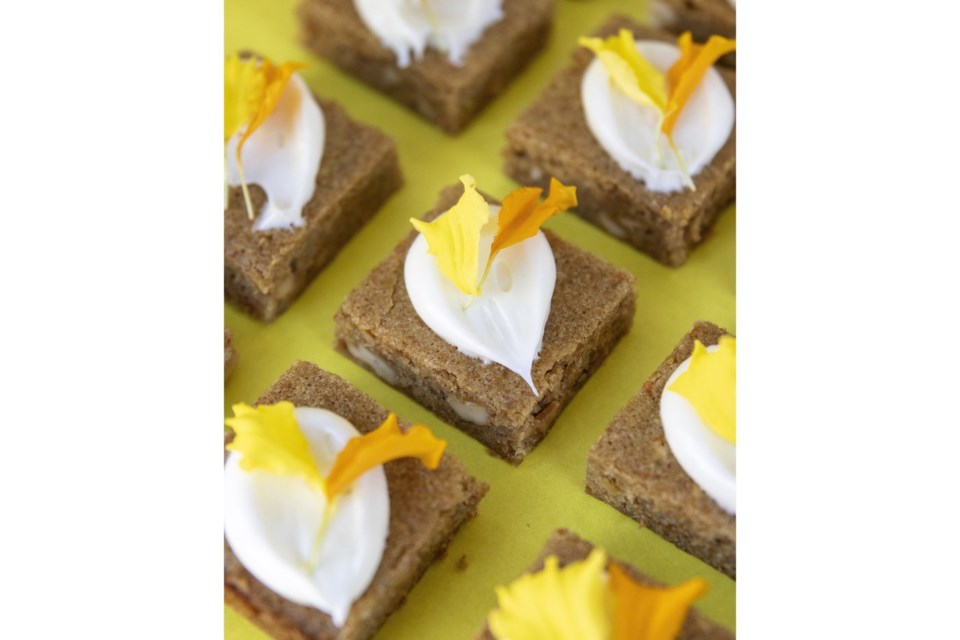Every year for Diwali , Hetal Vasavada’s parents used to pull her out of her New Jersey elementary school to visit friends and family living nearby. The colorful South Asian holiday is the Hindu Festival of Lights. For some, it also marks the start of a new year, and observers believe that what you do on Diwali sets the tone for the rest of year.
In that spirit, Vasavada’s family made sure to wear their best new clothes and to wake up to a clean house. And they always brought sweets, or mithai, to share during visits. “That’s why desserts are a big part of it,” said Vasavada, author of the popular cooking blog Milk and Cardamom .
“You want to start the year with something sweet , so that the rest of year is very sweet.” Her new book, “Desi Bakes,” is full of desserts inspired by those mithai, but it is by no means a catalog of traditional Indian sweets. Rather than Western-style baked sweets, Diwali desserts traditionally are made of fried dough, such as gulab jamun, a spherical, milk-fat doughnut soaked in a cinnamon, cardamom and rose syrup.
Many others are nut-based, like kaju katli, which is like a syrup-soaked cashew fudge. Or they could be puddings, like gajar ka halwa, finely shredded carrots cooked slowly with ghee, sugar, cashews and cardamom. Hetal’s recipes, however, mesh flavors familiar to her family with a more Western form.
It reflects her background, she says, as one of “this huge generation of first-generation Indian-Americans ” — th.



















